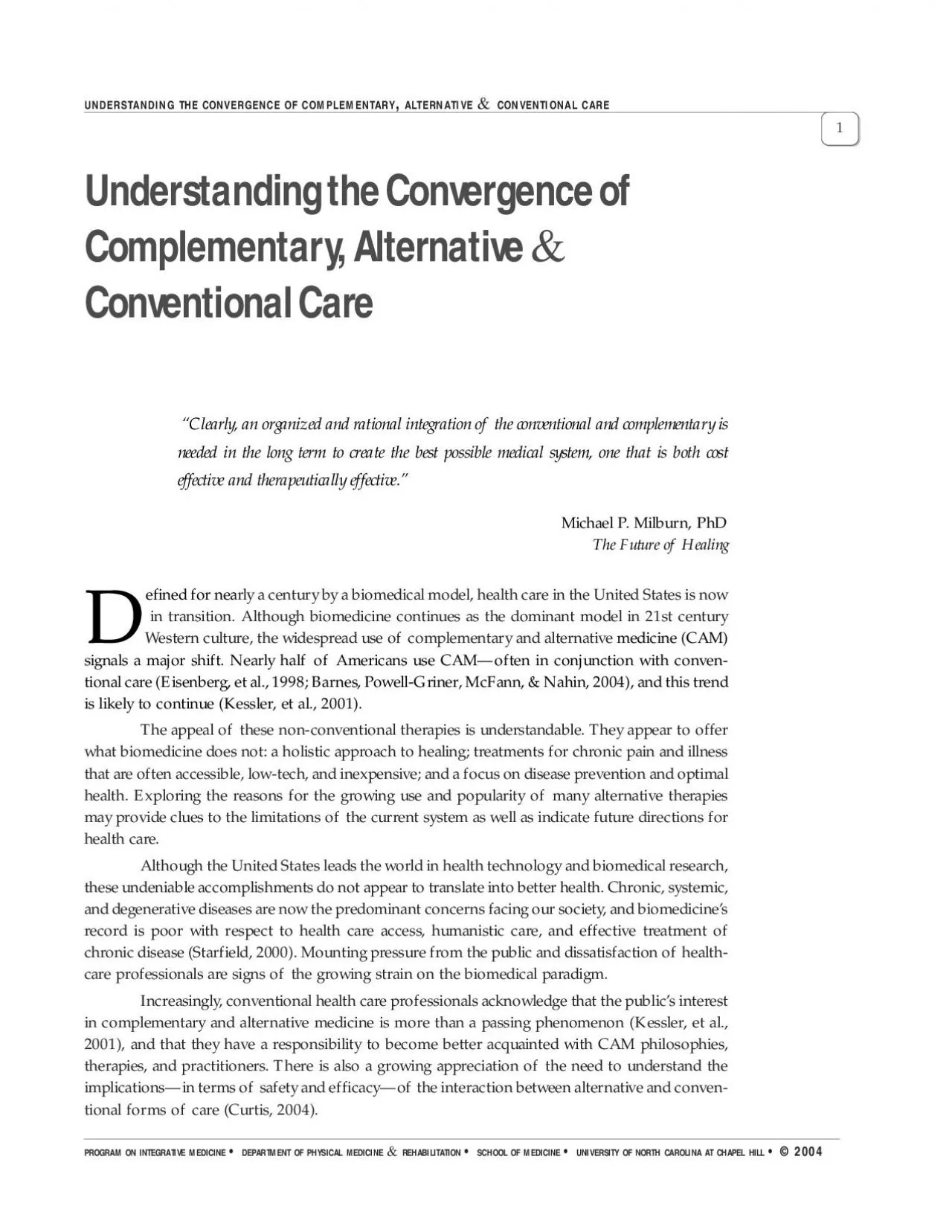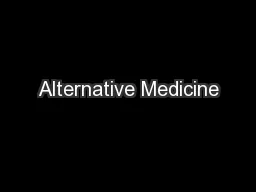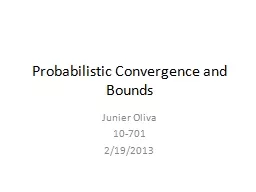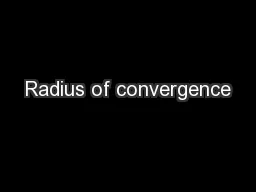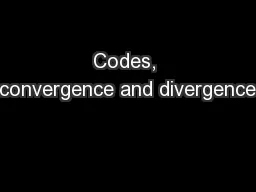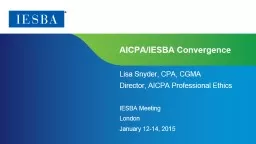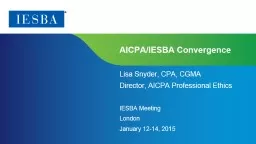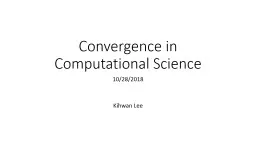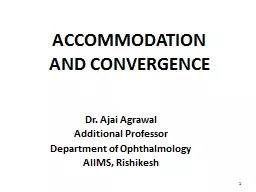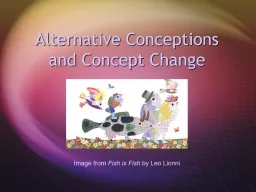PDF-Understanding the Convergence ofComplementary Alternative Clearly
Author : mary | Published Date : 2022-08-25
1 The appeal of these nonconventional therapies is understandable They appear to offerwhat biomedicine does not a holistic approach to healing treatments for chronic
Presentation Embed Code
Download Presentation
Download Presentation The PPT/PDF document "Understanding the Convergence ofCompleme..." is the property of its rightful owner. Permission is granted to download and print the materials on this website for personal, non-commercial use only, and to display it on your personal computer provided you do not modify the materials and that you retain all copyright notices contained in the materials. By downloading content from our website, you accept the terms of this agreement.
Understanding the Convergence ofComplementary Alternative Clearly: Transcript
Download Rules Of Document
"Understanding the Convergence ofComplementary Alternative Clearly"The content belongs to its owner. You may download and print it for personal use, without modification, and keep all copyright notices. By downloading, you agree to these terms.
Related Documents

